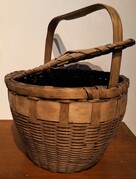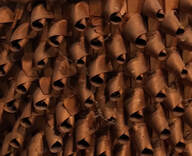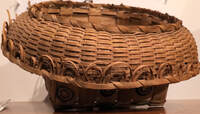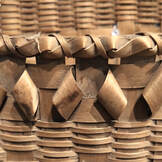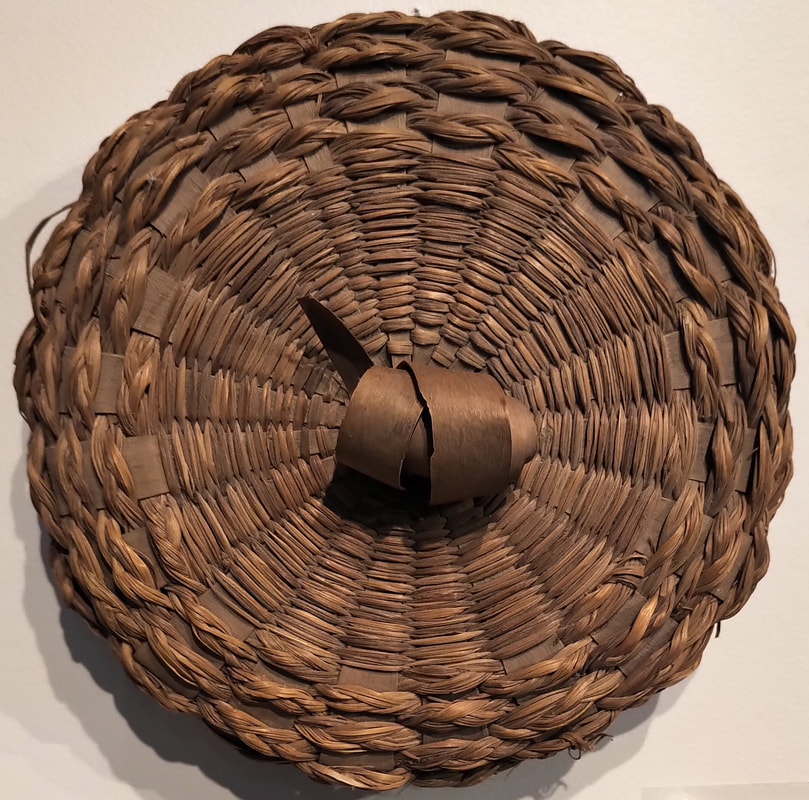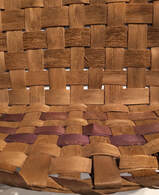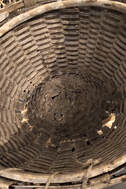|
July 21st marks the summer solstice, the date when the Earth’s northern hemisphere is tilted closest toward the sun and we enjoy the most hours of light in a day. The marking of the summer solstice has been celebrated by Indigenous Peoples for thousands of years by giving thanks to Mother Earth for her gifts. In Canada, June 21st is now acknowledged as National Indigenous Peoples Day and is an opportunity for all Canadians to celebrate Indigenous languages, cultures and ceremonies. It is a day to recognize and learn more about the contributions made to Turtle Island by Indigenous Peoples. The Middleville and District Museum is committed to continuing its work to develop the educational experience of visitors. The area’s Indigenous presence is marked by several items made by Indigenous People who lived here. The land the Museum sits on is the traditional territory of the Omamiwinini (Algonquin). A collection of items highlights the artistry of the baskets made by Indigenous People with some being made by members of the Whiteduck family. Baskets made in the area were usually made from willow, rushes and black ash. It is recorded that the Whiteduck family used osiers, a long pliable strand of willow they found in the marshland near present day Clyde Forks in basketmaking. They travelled down the Clyde River from the Clyde Forks area to Lanark to sell and trade their baskets. Other baskets were made by splintering the wood of the ash tree into strips. The strips were sanded smooth and woven into baskets of various designs. In the early 1900’s, it is reported that when the supply of ash in the area became diminished, Indigenous People travelled the waterways from the area known as Cornwall to near present day Hopetown to find the ash they wanted to make their baskets. (C. Smith) There are memories of Indigenous People in the Sharbot Lake area trading baskets for meals and other goods. (W. McDonell) Croft Store in Middleville kept records of Indigenous People trading baskets among other items for goods they needed. The Museum invites the public to view these exquisitely crafted baskets and see the artistry of their design. It’s a good way to learn more about the amazing talents and contributions of Indigenous Peoples from this area. Baskets on display at the Middleville and District Museum
0 Comments
Leave a Reply. |
AuthorThis journal is written, researched, and maintained by the volunteers of the Middleville Museum. |
